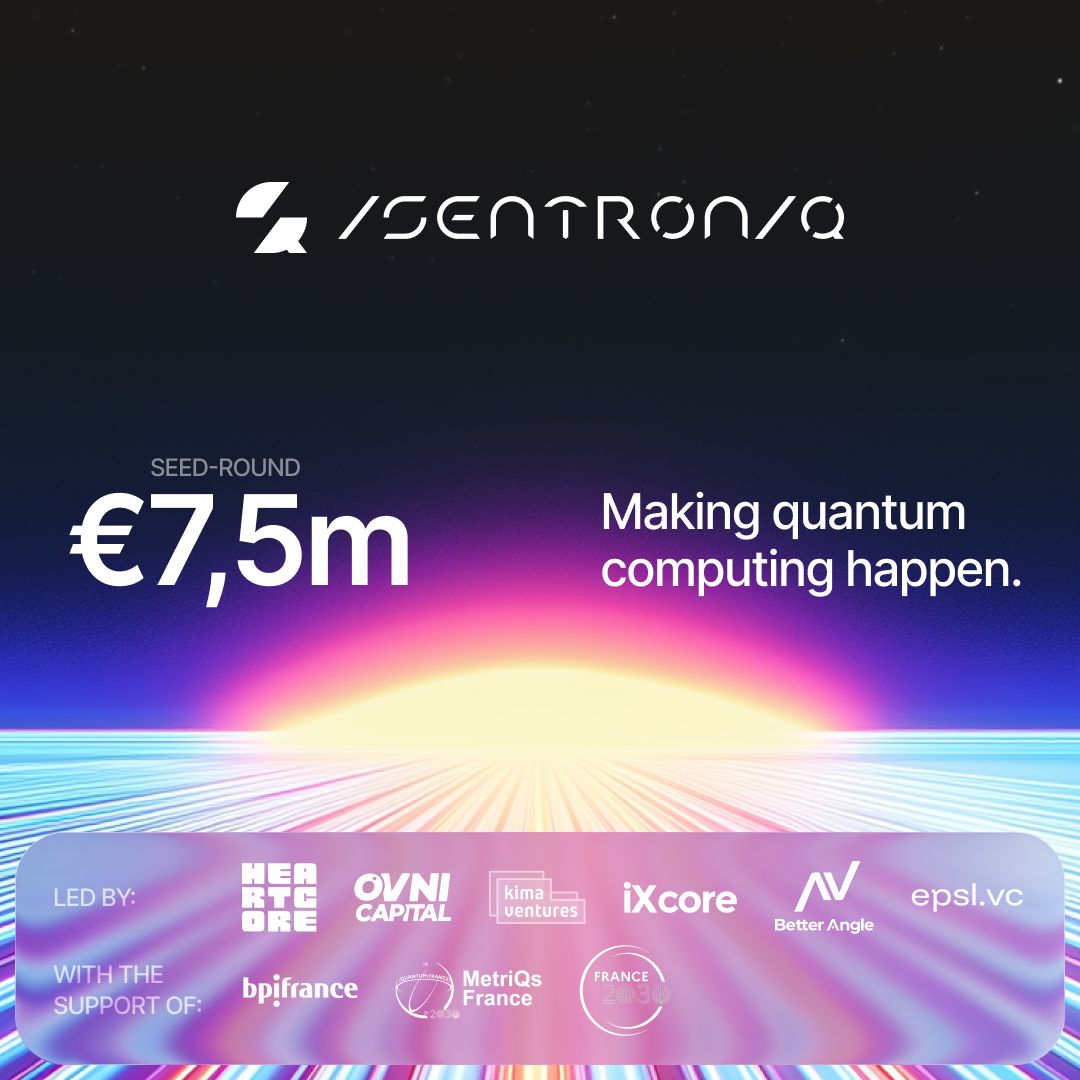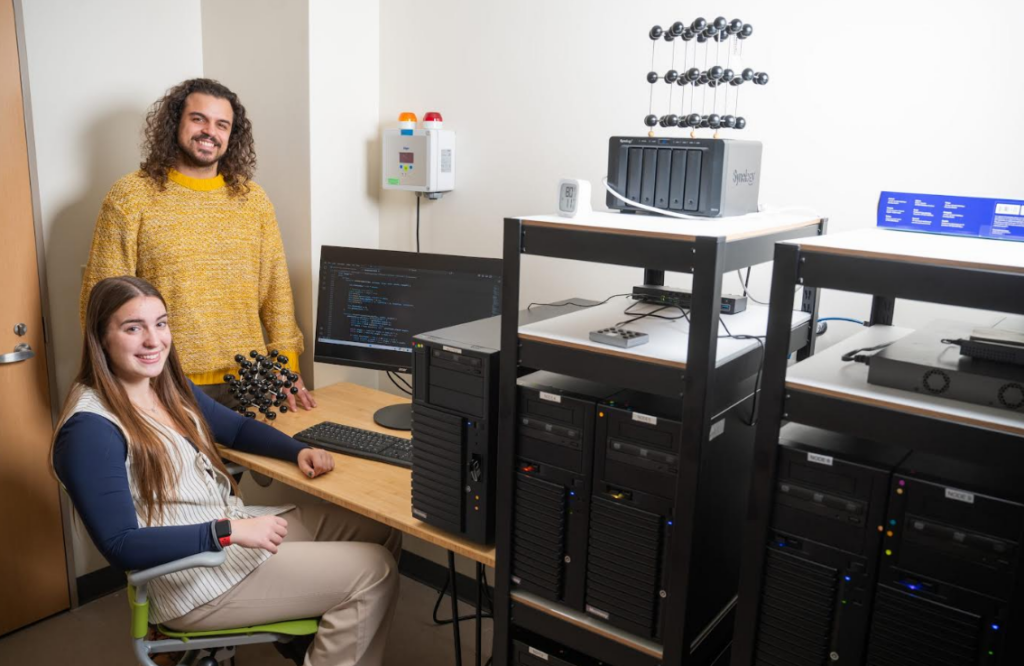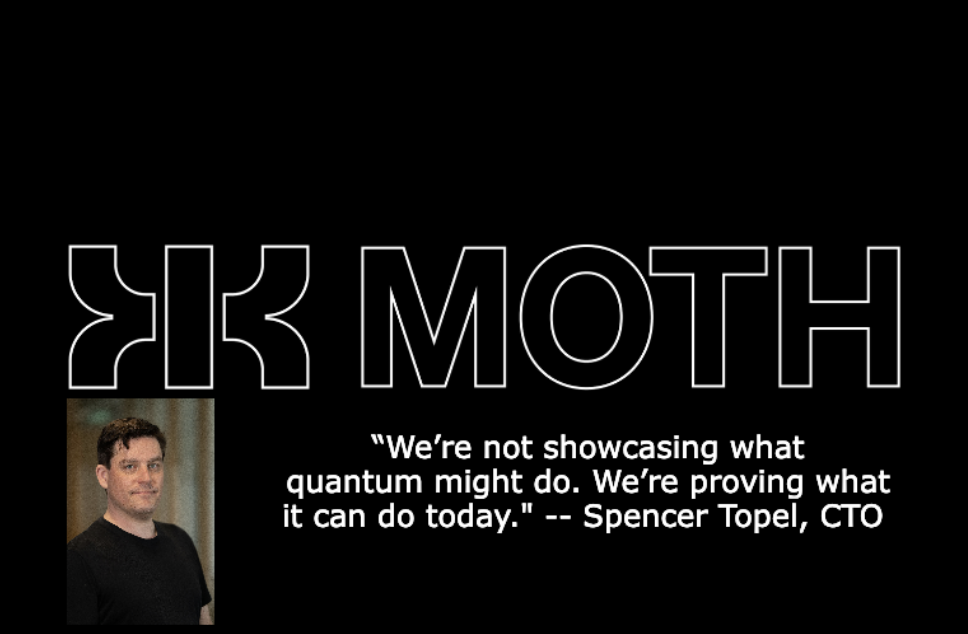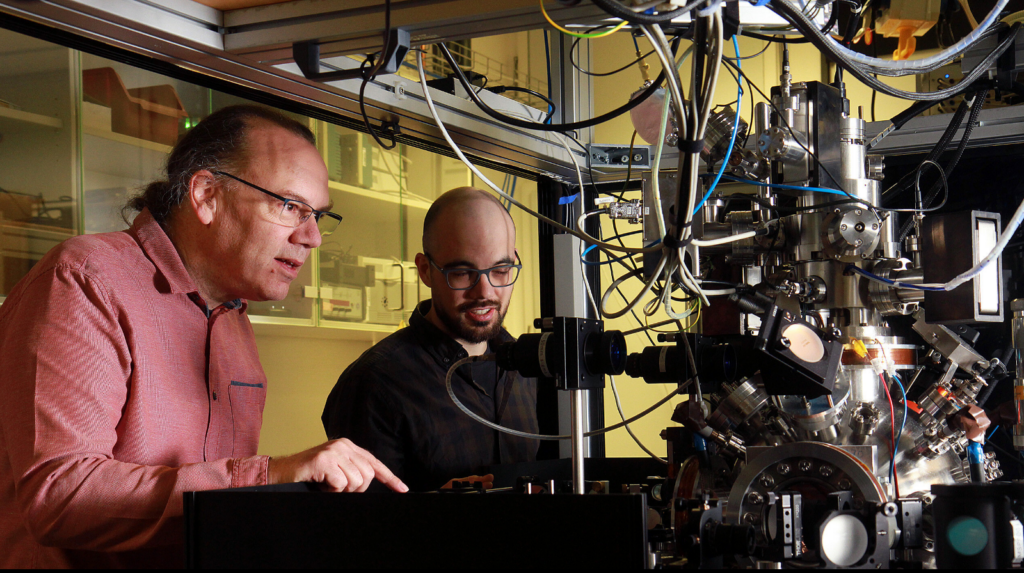Insider Brief
- Isentroniq raised €7.5M in a pre-seed round led by Heartcore Capital (with OVNI, Kima, IXCORE Group, Better Angle, EPSL VC, plus Bpifrance/France 2030 support) to solve quantum computing’s cryogenic wiring bottleneck.
- The company says scaling superconducting qubits now hinges on infrastructure, as today’s control/readout lines add heat and complexity that cap systems at a few hundred qubits.
- Funds will build a cross-disciplinary team, stand up advanced test infrastructure, forge supplier partnerships, and deliver an initial cryo-interconnect product to help partners scale toward fault-tolerant machines.
Isentroniq raised €7.5 million to tackle one of quantum computing’s most stubborn hardware bottlenecks: cryogenic wiring that adds heat and consumes space as systems scale.The company annouced on LinkedIn that the pre-seed round was led by Heartcore Capital, with participation from OVNI Capital, Kima Ventures, IXCORE Group, Better Angle, and EPSL VC, alongside support from Bpifrance and France 2030 programs.
The company argues that while superconducting qubits have demonstrated error correction, progress now hinges on infrastructure rather than physics. Each control and readout line that links qubits to room-temperature electronics introduces thermal load and routing complexity, creating hard limits beyond a few hundred qubits. Without a rethink of wiring architecture, moving to the millions of qubits required for fault-tolerant machines remains out of reach.
Isentroniq plans to use the capital to hire engineers across quantum, RF, mechanical, and software disciplines; build advanced test infrastructure; and deepen partnerships with component manufacturers to speed industrial-grade deployment. The roadmap includes delivering an initial product for integration into partner quantum computers.

The firm’s thesis is straightforward: superconducting platforms have shown logical scalability; now the hardware stack must catch up. Isentroniq aims to supply that layer—treating cryo-interconnects as a system-level product—so quantum builders can scale machines without blowing thermal budgets or rack space. The goal is to make large-scale quantum systems practical, not just possible.
Image credit: Isentroniq

















